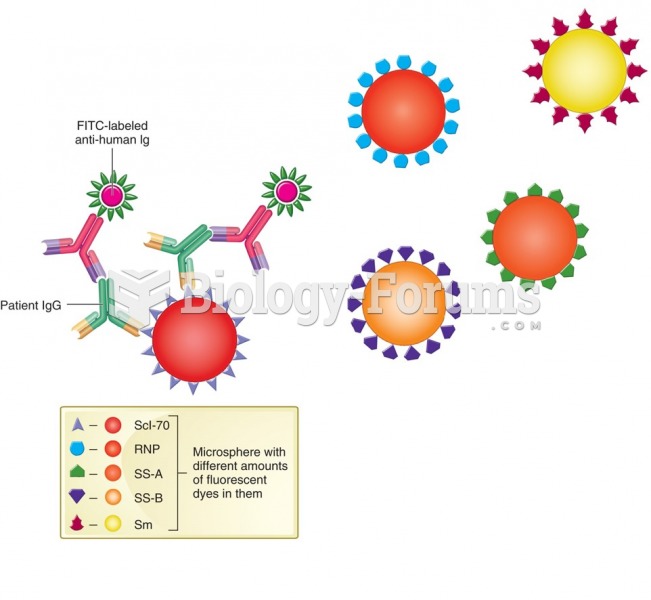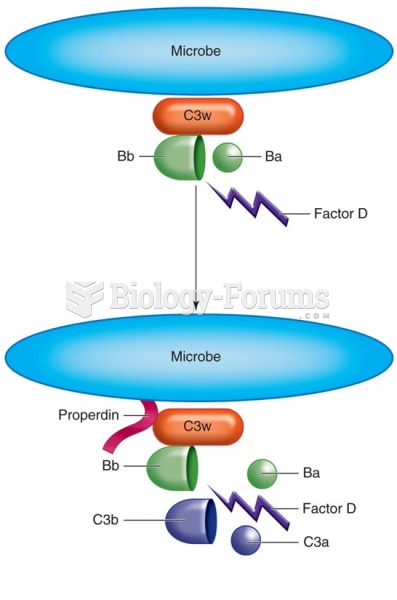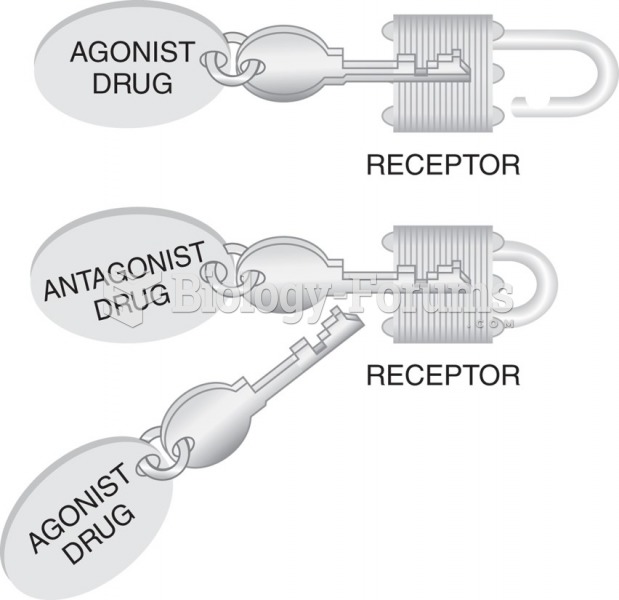|
|
|
Although puberty usually occurs in the early teenage years, the world's youngest parents were two Chinese children who had their first baby when they were 8 and 9 years of age.
Drying your hands with a paper towel will reduce the bacterial count on your hands by 45–60%.
In most cases, kidneys can recover from almost complete loss of function, such as in acute kidney (renal) failure.
Pope Sylvester II tried to introduce Arabic numbers into Europe between the years 999 and 1003, but their use did not catch on for a few more centuries, and Roman numerals continued to be the primary number system.
Never take aspirin without food because it is likely to irritate your stomach. Never give aspirin to children under age 12. Overdoses of aspirin have the potential to cause deafness.
 Types of cellular receptors: (a) Drug binds to the receptor opening channel. (b) Drug binds to the ...
Types of cellular receptors: (a) Drug binds to the receptor opening channel. (b) Drug binds to the ...
 Multiplexed fluorescent microbead assays. Multiplex analysis for the ENA antigens, Sm, RNP, SS-A, ...
Multiplexed fluorescent microbead assays. Multiplex analysis for the ENA antigens, Sm, RNP, SS-A, ...
 Alternative pathway recognition and activation. C3w is on the surface of the microbe; factor B binds ...
Alternative pathway recognition and activation. C3w is on the surface of the microbe; factor B binds ...




